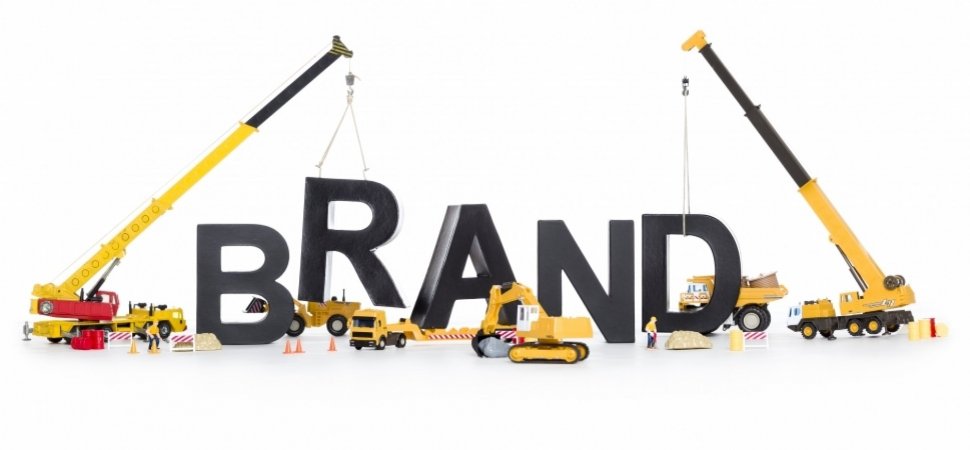|
A memorable brand can reinforce your difference from competitors and can help to encourage customer loyalty. But developing a lasting brand involves a lot more than simply redesigning your logo.
1 Comment
 Your brand is one of your greatest assets. It's not just your logo, slogan and design scheme, but your customers' total experience of your business. Your brand is in your customer promise, your business values, your personality, the way you talk to your customers. It's in the way you package your service and answer your phone. Communicating your brand clearly and honestly to your customers will spread confidence and goodwill. It is a badge of trust that will set you apart from competitors and can give you a lasting competitive edge. Branding benefits Your brand should tell your customers exactly what to expect from you. Deliver on your promises and they will come back again and again. How often have you gone to a familiar restaurant chain because you know what's on the menu, what it will taste like and how much it will cost? It's the same for your customers. But a good brand identity will also attract new customers by stressing the differences between you and your competitors. This is critical if you are in a highly competitive or fast moving market where it is difficult to differentiate yourself on product features alone. The power of a strong brand is such that it can lift a single company or product above others to become something truly memorable. Think of vacuum cleaners and you think of Hoover; think of MP3 players and iPod will doubtless spring to mind. Your brand values Before you can develop your brand identity, you will have to understand what the core values of your business are, what your business mission is and how you differ from the competition. You must also be sure that what you want to tell your customers about your business and your offer matches what your target customer segments want and what you actually deliver. It's no use developing a premium brand if your target market just wants value for money, for example; and a brand based on friendly service will not survive long if your staff are unhelpful. Effective branding will give your firm or your offer a personality that suits your customers, and businesses selling the same products can have very different brands. For example, a plumbers' merchant selling to trade buyers will aim for a value-for-money brand image; a DIY store will put more emphasis on providing a welcoming environment for the general public. Exploiting your brand This is where your name and logo come to the fore. Good brand design gives you a consistent image that will enable people to recognise you immediately. Trade marking can help ensure that your distinctive brand image is protected against competitors. Your brand marketing must connect to, and emphasise your brand values across everything you do. This is why luxury goods firms take out full page ads in glossy magazines, and high quality professionals make sure their correspondence doesn't have spelling mistakes. If you sell a range of products, you'll need to ensure that they all fit together within a brand strategy that makes sense. If you're a luxury goods firm and you decide to produce a cheaper range, it would be wise to develop a separate brand identity so you don't scare off your established customers. While you can stretch your brand to take advantage of new opportunities, your brand will be damaged if you fail to maintain a consistent focus on your core brand values. |
AuthorLisa Hunter is an experienced Marketing, Events and Project Manager. She has over 10 years’ experience working in the IT and marketing industry, delivering strategic marketing support and managing creative projects for a wide-range of clients. In this blog she shares her knowledge and experiences…we hope you enjoy it. Archives
June 2019
Categories
All
|

 RSS Feed
RSS Feed